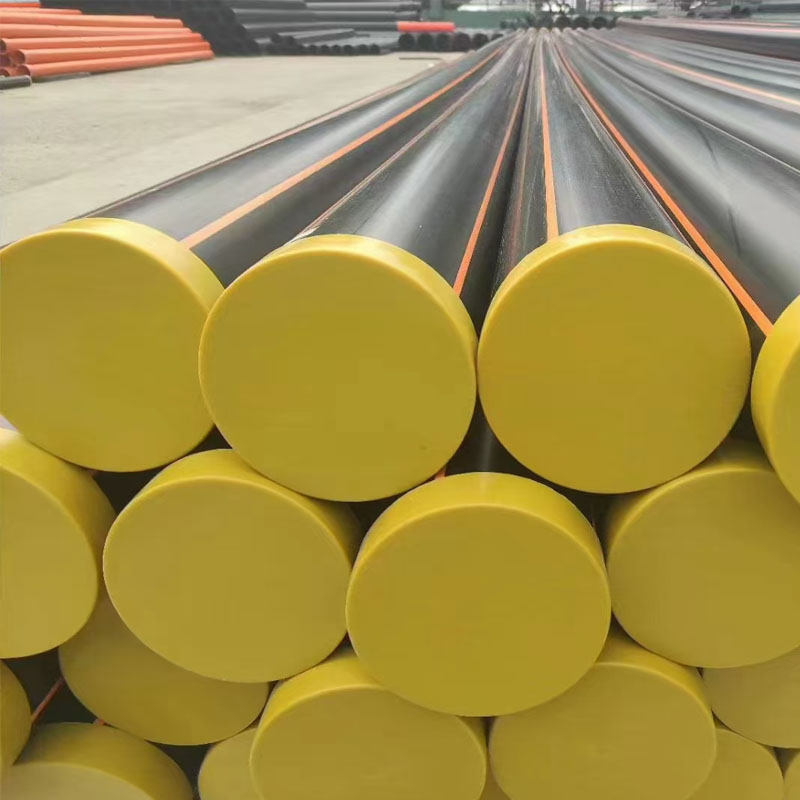Oct . 21, 2024 17:10 Back to list
ppr pipe for hot and cold water factory
PPR Pipes for Hot and Cold Water A Comprehensive Overview
When it comes to plumbing systems for both hot and cold water, PPR (Polypropylene Random Copolymer) pipes have emerged as a popular choice in the construction and renovation industries
. Known for their durability, efficiency, and versatility, PPR pipes are used in various applications, making them a reliable solution for residential, commercial, and industrial settings.One of the most significant advantages of PPR pipes is their ability to withstand high temperatures. These pipes are designed to endure temperatures of up to 95 degrees Celsius, making them ideal for hot water systems. Furthermore, PPR pipes exhibit excellent chemical resistance, which ensures longevity and reduces the risk of damage due to corrosive elements often found in water supply systems. As a result, homeowners and builders alike prefer PPR for hot water applications, knowing it will function effectively under high-pressure conditions.
In addition to their thermal properties, PPR pipes are lightweight, which simplifies handling and installation. Unlike traditional metal pipes, which can be cumbersome and prone to rust, PPR is not only lighter but also offers a smooth internal surface that minimizes friction. This characteristic enhances flow rates and decreases the energy required for pumping water through the system. Moreover, the ease of installation reduces labor costs and time, making PPR an economical choice for plumbing systems.
ppr pipe for hot and cold water factory

Safety is another vital consideration, especially concerning drinking water supply. PPR pipes are non-toxic and do not leach harmful substances into the water, ensuring that the water remains potable. This characteristic is particularly important for households that prioritize health and safety in their plumbing solutions.
Eco-friendliness is also a noteworthy feature of PPR pipes. Made from recyclable materials, PPR contributes to sustainable building practices. The manufacturing processes for PPR pipes generally consume less energy compared to traditional materials, further reducing the environmental impact. This aligns well with the growing demand for green building solutions and sustainable urban development.
Depending on the specific needs of a project, PPR pipes come in various sizes and dimensions, allowing for flexibility in design and application. Whether it’s a minor residential installation or a large-scale industrial water distribution system, PPR pipes can be tailored to meet diverse requirements.
In conclusion, PPR pipes offer exceptional performance for both hot and cold water applications. Their resistance to high temperatures, lightweight nature, non-toxic composition, and eco-friendly attributes make them a top choice for modern plumbing systems. As more builders and homeowners recognize these advantages, the popularity of PPR pipes is likely to continue rising, solidifying their place in the plumbing landscape. For those considering renovations or new constructions, investing in PPR piping systems might be one of the best decisions for long-term efficiency and sustainability.
-
High-Quality PVC Borehole Pipes Durable & Versatile Pipe Solutions
NewsJul.08,2025
-
High-Quality PVC Perforated Pipes for Efficient Drainage Leading Manufacturers & Factories
NewsJul.08,2025
-
High-Quality PVC Borehole Pipes Durable Pipe Solutions by Leading Manufacturer
NewsJul.08,2025
-
High-Quality PVC Borehole Pipes Reliable PVC Pipe Manufacturer Solutions
NewsJul.07,2025
-
High-Quality UPVC Drain Pipes Durable HDPE & Drain Pipe Solutions
NewsJul.07,2025
-
High-Quality Conduit Pipes & HDPE Conduit Fittings Manufacturer Reliable Factory Supply
NewsJul.06,2025

